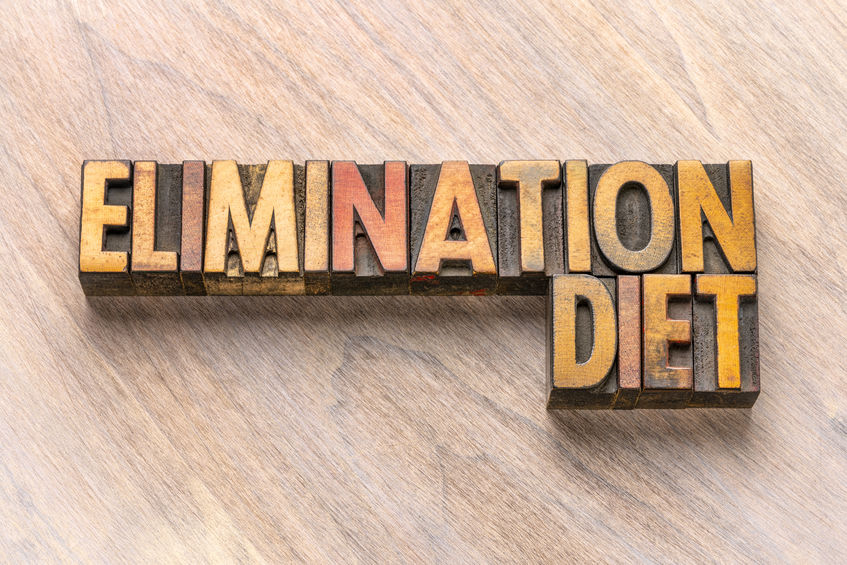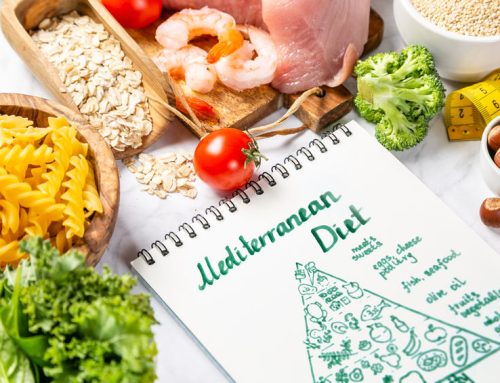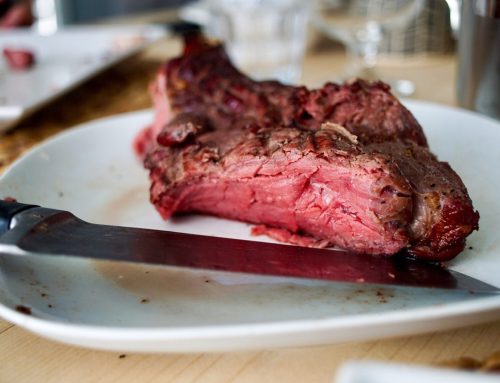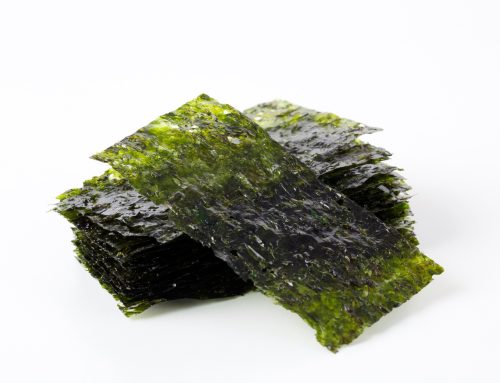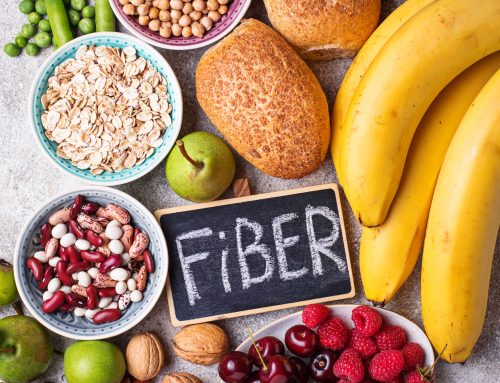Elimination diets pros and cons. Here’s a dietician’s evaluation. While some elimination diets are medically necessary, others are nothing more than a fad. A dietitian explains what you need to know.
What exactly is an elimination diet?
An elimination diet refers to an eating pattern that removes a food or substance (be it a food component, like gluten, or a beverage, like coffee) from your diet. In some cases, one food or food category is eliminated (such as milk proteins in dairy foods), but in others, numerous foods are cut.
Some elimination protocols involve banning a food permanently out of medical necessity. But when that’s not the case, an elimination diet involves a challenge phase to determine if a certain food is triggering the problems, whether a certain portion might be tolerable, or to see if symptoms have resolved. If symptoms don’t reoccur during the food challenge, the food can be reintroduced. Note that food allergy sufferers should only attempt a food challenge under medical supervision.
There are also popular elimination diets that are intended to help you “reset” your eating habits. The unproven theory is that eliminating a list of foods (like grains, sugar and alcohol) will help you re-evaluate your eating habits and nudge you toward healthier fare. This may be true for some people, but without real data, we can’t say who would be likely to benefit from this approach, and what form of elimination diet would be most helpful.
Elimination Diets Pros and Cons
What are the pros and cons of elimination diets?
Who can benefit from an elimination diet?
Certain health conditions require a strict elimination diet.
• For instance, if you have a food allergy or celiac disease, you need to completely avoid the trigger food. In these cases, even a hint of the problematic food can be dangerous.
• There’s also evidence that an elimination diet can help people with gastrointestinal conditions, such as eosinophilic esophagitis, irritable bowel syndrome, Crohn’s disease and colitis.
• Additionally, people with food sensitivities, which are different from food allergies, may want to try an elimination diet. The most common example of a food sensitivity is lactose intolerance
What are some common elimination diets?
● A gluten-free diet is one of the most popular elimination diets, but there are several others.
● Low FODMAP diet: The low FODMAP diet eliminates short-chain carbohydrates that aren’t properly absorbed, and therefore, promote GI symptoms. This diet has been shown to help people with IBS, and it may reduce symptoms (but not underlying inflammation) among people with Crohn’s disease and colitis.
● The specific carbohydrate diet: This protocol bans grains, processed foods, soy, lactose and sugar, as well as some vegetables. It has shown promise for improving symptoms of Crohn’s disease and colitis.
● Autoimmune protocol diet. This elimination diet removes eggs, nuts, seeds, coffee, alcohol, refined sugars and oils, food additives, nightshade vegetables, grains and legumes. It’s intended to improve symptoms of a range of autoimmune disorders, including rheumatoid arthritis, psoriasis, Hashimoto’s disease and Crohn’s disease. There are some studies suggesting it may be beneficial, but more research is needed.
● Whole 30: This program bans added sugar and artificial sweeteners, grains, legumes, dairy, processed foods and alcohol for 30 days. While it has a huge following, it hasn’t been studied, so there’s no clear evidence that it’s helpful, and if so, who might benefit.
● Paleo diet. Dairy, processed foods, foods with added sugars, starchy vegetables (like potatoes) and legumes are excluded on this plan. Research isn’t conclusive, but some evidence points to the fact that this diet may improve glucose tolerance, risk factors for heart disease and weight management. However, we don’t know if people would fare better on a paleo diet than another well-researched eating pattern, such as the Mediterranean diet. The research that exists pits the diet against a more processed diet, so switching to whole foods could be the beneficial factor, rather than the types of foods that are eliminated or eaten.
Are elimination diets good for weight loss?
Not necessarily.
• For one thing, many medically recommended elimination diets aren’t intended to produce weight loss. They’re designed to help you avoid foods that produce symptoms, such as bloating and diarrhea, or to help you avoid a potentially-threatening allergic reaction.
• And, if you were feeling crummy prior to an elimination diet but feel better after, you might be inclined to eat more and therefore, gain weight. This has been shown among people newly diagnosed with celiac disease upon starting a gluten-free diet.
• On the other hand, if a Paleo or Whole 30 diet represented a drastic switch from your usual eating habits and resulted in a calorie deficit, you’d likely lose weight.
• However, unless you consistently maintained most of those eating habits, it’s unlikely that you’d keep that weight off.
What are the downsides of an elimination diet?
• If you’re avoiding numerous foods, you may struggle to meet your nutrient needs. For instance, one study found that fiber, folate, iron and zinc, along with other nutrients, were low among people following a gluten-free diet. A low-fiber diet could also lead to constipation.
• There’s also the possibility that an elimination diet could lead to unfavorable changes in your microbiome, as has been shown when following a low-FODMAP diet.
• Finally, an elimination diet may lead to food preoccupation and potentially trigger an eating disorder, even if the diet is needed to treat a condition.
Since elimination diets are complicated and are linked with some risks, it’s important to seek expert guidance from a registered dietitian nutritionist who can help you navigate these challenges.
Click here to read about elimination diets pros and cons.


